Excerpt from Fall 2002 Asphalt Pavement Magazine
An increasing number of agencies, companies, organizations, institutes, and governing bodies are embracing principles of sustainability in managing their activities and conducting business. Historically, sustainability referred to environmental sustainability and simply meant using natural resources in a way that people in the future could continue to rely on their yields in the long term.
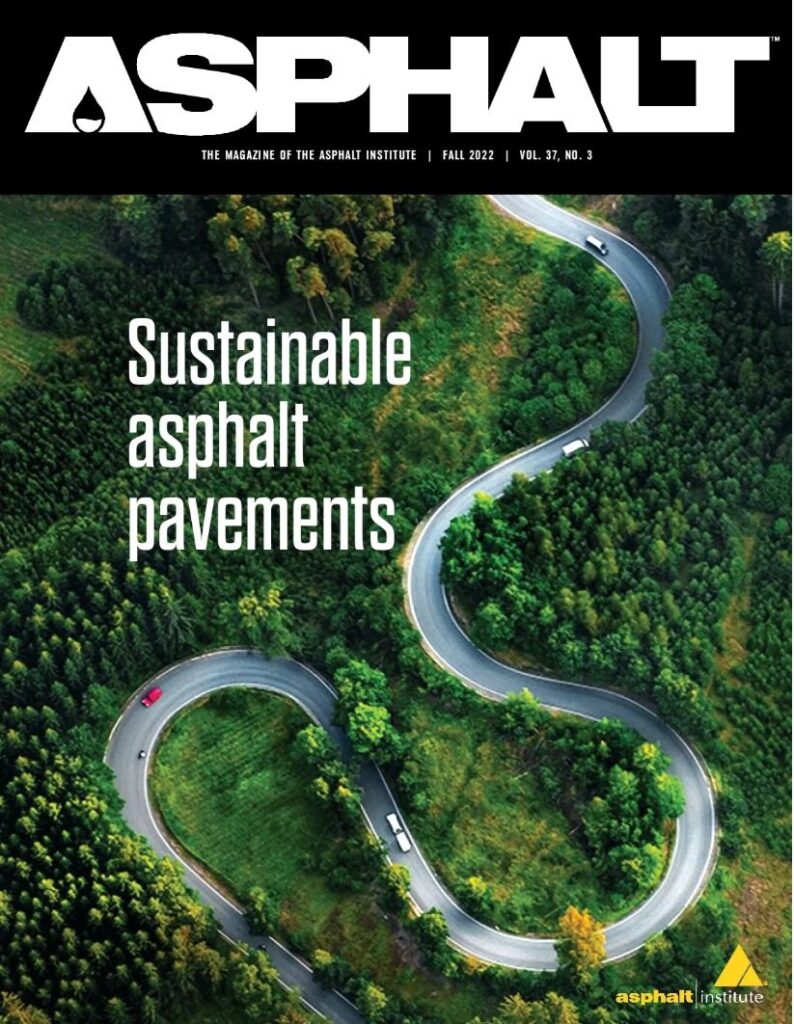
Today, there are slight variations of this definition, but the underlying idea of ensuring that we are using natural resources responsibly, so they can support both present and future generations, resonates with many of us.
What is a Sustainable Asphalt Pavement?
For the pavement community, a sustainable asphalt pavement is one that achieves its specific engineering goals, while on a broader scale, 1. meets basic needs, 2. uses resources effectively, and 3. preserves/restores surrounding ecosystems. (U.S Department of Transportation, 2016)
To improve the sustainability of asphalt pavements, we need to reduce both the energy and emission levels, which means effectively using fewer virgin materials and extending the lives of asphalt mixtures.
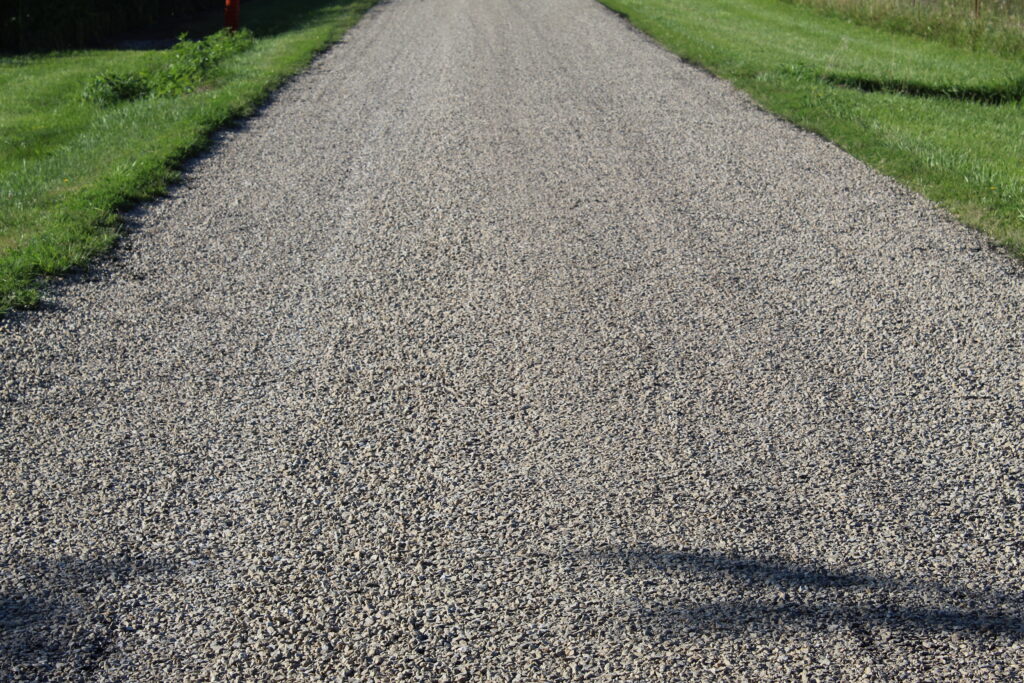
Extending the Service Life of Asphalt Pavements
Long service life is one of the primary drivers of pavement sustainability. Asphalt pavements with longer design life offer the opportunity to reduce lifecycle costs, user delays, and environmental impacts compared to a standard 20-year pavement design.
Longer-life pavements use more durable materials and/ or provide greater structural capacity. Higher structural capacity can be achieved by increasing pavement thickness, by increasing the stiffness and/or strength of critical layers, or both. Because of the increased thickness or increased material stiffness/strengths, or the use of more durable materials, longer-life designs may have a higher initial cost and/or greater initial environmental impacts, but the overall life-cycle costs and environmental impacts are often expected to be less.
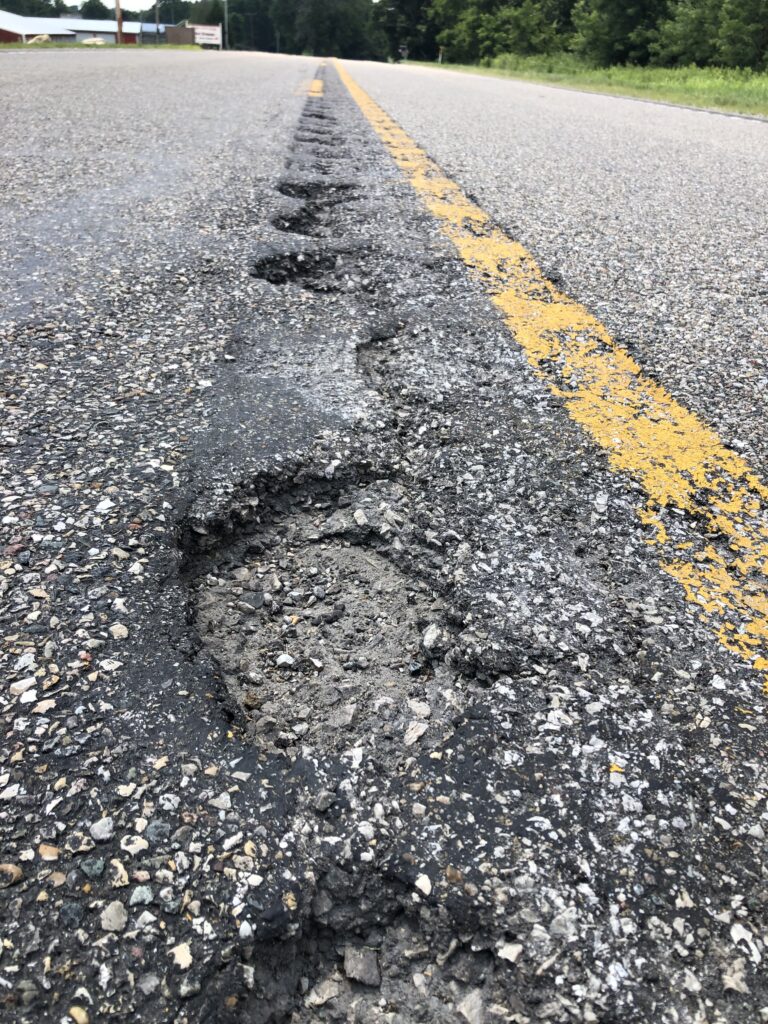
Better Longitudinal Joints
Longitudinal joints continue to be the weakest link on our asphalt mats and are often the first place for pavement distress initiation and propagation. Better attention and inspection of construction practices will improve the performance of longitudinal joints. Additionally, the use of specialty products such as joint sealers or Void-reducing asphalt membrane (VRAM) can achieve lower air void contents (higher densities) at the longitudinal joints.
VRAM is a highly polymer-modified asphalt membrane, that consists of an asphalt binder and an elastomeric polymer. The composition is applied at the longitudinal joints before the asphalt mixture is placed and it migrates upward into the asphalt mix layer, filling the air voids with the help of the heat from the mix and the compaction process. (AMI’s Editor Note: in some cases, VRAM will migrate up to 50-75% of the height of the mat.)

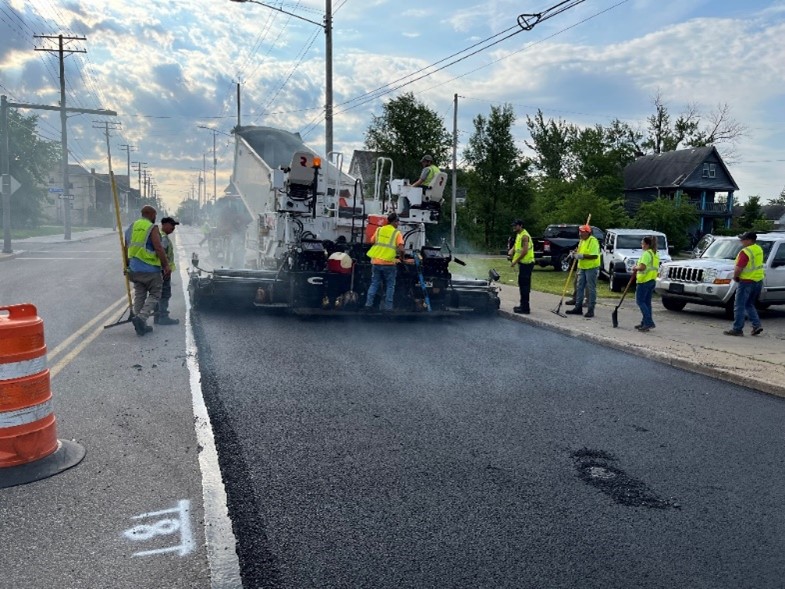
VRAM has been used for the construction of longitudinal joints in more than 23 states. Research sponsored by the Minnesota Department of Transportation found that laboratory specimens containing VRAM showed good performance in terms of having the highest joint bond energy, fracture energy, and work of fracture and good surface bond energy compared to the specimens without VRAM.

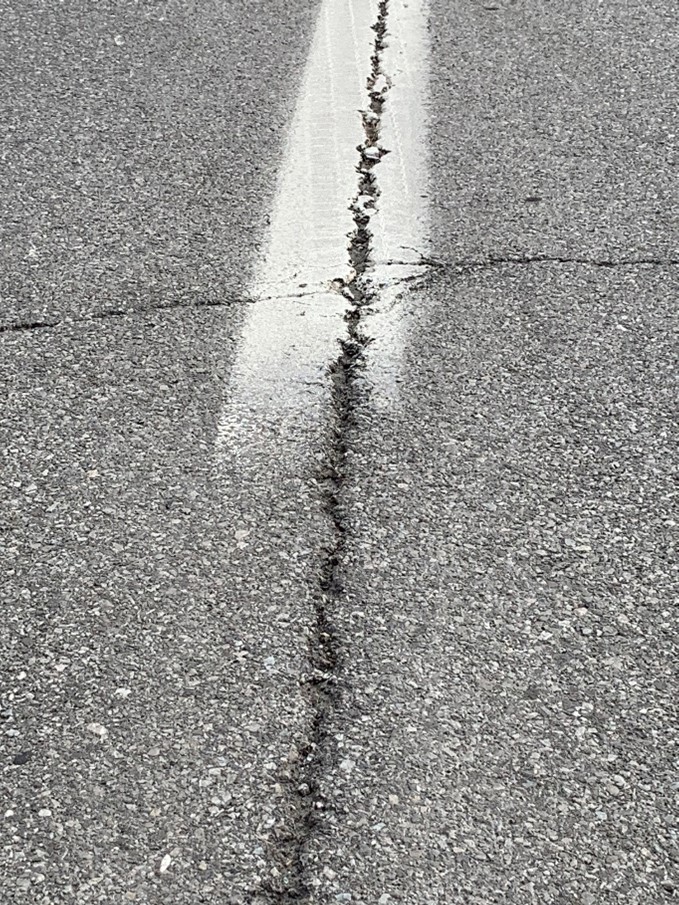
The use of VRAM also reduces permeability and air void content, which reduces the intrusion of water into the pavement. (Williams et al., 2020) Proper application of these technologies will have a positive impact on asphalt pavement service life.

Amma Wakefield is the Canadian Regional and Research Engineer for the Asphalt Institute. You can connect with Amma on LinkedIn. https://www.linkedin.com/in/ammawakefield/
References from Amma’s article:
Hughes, T., Davidson, J., & Cormier, A. (2009). Performance of Warn, Mix Technology in the Province of New Brunswick. Canadian Technical Asphalt Association, 54.
U.S Department of Transportation. (2016). Strategies for Improving the Sustainability of Asphalt Pavements. TechBrief, April, 1-2B.
Williams, R. C., Podolsky, J., & Komou, J. (2020). Use of J – Band to Improve the Performance of the HMA Longitudinal Joint. December.




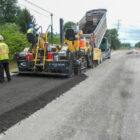

Recent Comments